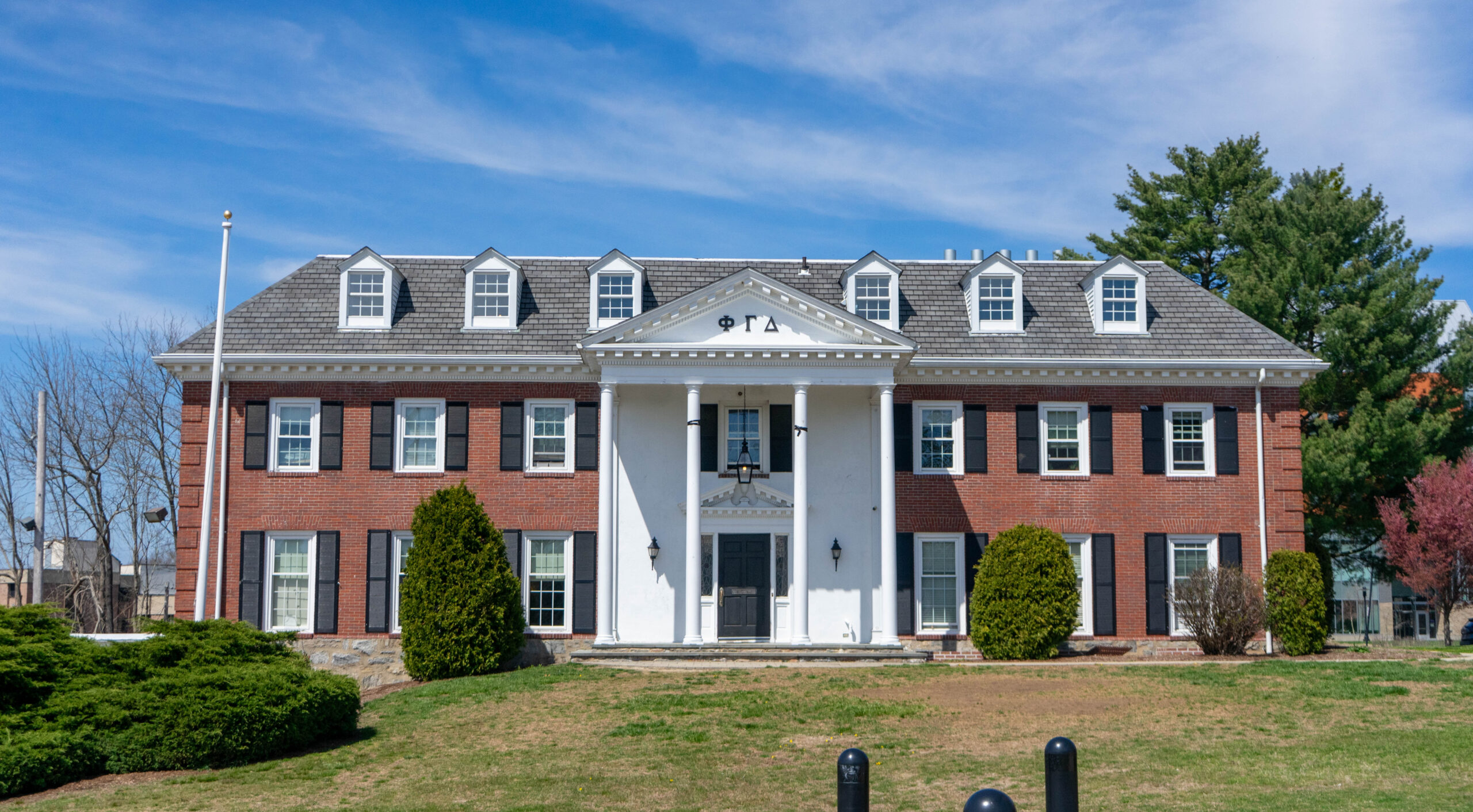An earthquake with an 3.8 magnitude shook Rhode Island on Jan. 27, according to the United States Geological Survey.
The cause of the earthquakes are the tectonic plates interacting with the surface, breaking the plates into several large and small pieces on their boundaries, according to Elizabeth Laliberte, a teaching professor in the geosciences department at the University of Rhode Island.
The East Coast tectonic plate boundary is in the middle of the Atlantic Ocean, also known as the Mid-Atlantic ridge, according to Laliberte. The ridge is the area where the plates move away from each other, causing divergent boundaries, and then molten rock rises from beneath the Earth.
Rhode Island is in a transition zone between continental and oceanic crust, according to Laliberte. In this zone, called a passive margin, both crusts are formed next to each other.
“So it would be unusual, shall we say, to have earthquakes happening along the East Coast because it’s not on a plate boundary,” Laliberte said.
Brian Savage, a professor of geosciences, a geophysicist and seismologist at URI, concurred with Laliberte’s assessment.
“When we get earthquakes, they usually aren’t large because Rhode Island doesn’t have the faults to accommodate very large earthquakes,” Savage said.
During the Pleistocene period, glaciers covered Canada and the northern portion of North America, according to Laliberte. At that time, the glaciers were heavy and pushed down on the Earth. As years went by, the glaciers in the north retreated and the land moved up. In other areas of America, the land moved down in a process called an isostatic rebound.
“Before the isostatic rebound occurred, the peak glaciation was 18 to 24,000 years ago in Rhode Island,” Laliberte said, “Geologically speaking, that isn’t a long time ago because even today, isostatic adjustments may take place, so there will be little shifts that could trigger an earthquake.”
“We sometimes feel them, but they’re what we call low intensity,” Laliberte said. “Their intensity is kind of how much you feel the earthquake.”
Within geology, more earthquakes could occur in the future, according to Savage. These have been happening for a long time and geologists would continue to expect them going forward.
For people living on the East Coast, earthquakes aren’t terribly damaging, according to Savage. Instead of focusing on preparing for earthquakes, people should be more aware of the dangers for hurricanes and other major storms and what the impacts they would have on the East Coast.





